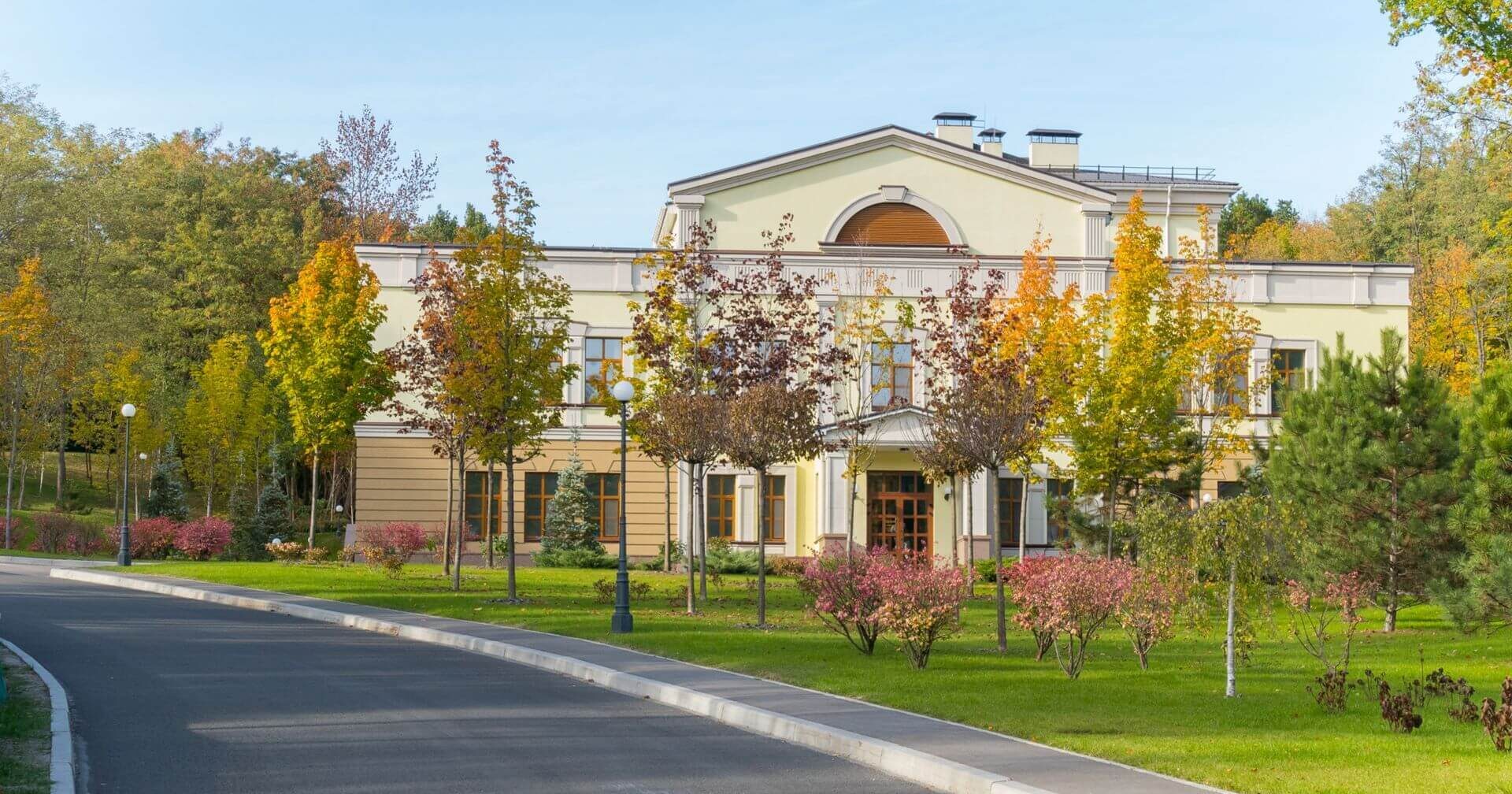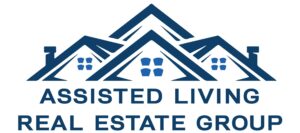How can an Assisted Living Facility be Financed at Time of Purchase?

Over the years, many individuals have approached us wishing to explore opportunities to enter into the assisted living market or existing providers who are studying local markets and looking to build new projects or possibly expand their current operations. Of course, all of this requires funding, and assisted living facility financing can be a daunting task. However, understanding a few basics can make the process easier. With the above in mind, the following represents what information long-term care providers will need to have prior to seeking any assisted living facility financing.
Although the senior housing industry has had its ups and downs over the past few years, with roughly 10,000 Baby Boomers hitting retirement age every day, the sector proves to be a substantial investment option. In the third quarter of 2022, overall senior housing occupancy stood at 82.2%, which is up 100 basis points over the previous quarter, According to data from the National Investment Center for Seniors Housing & Care (NIC). During the same period, rent rates were up 4.4% on a year-over-year basis, while the annual absorption rate increased by 5.4%. Thanks to strong market fundamentals, deals also continued to materialize in the third quarter of the year, with senior housing transactions amounting to more than $1.3 billion, NIC data revealed.
a) Fannie Mae Senior Housing Loans
As a government-sponsored enterprise (GSE) focused on ensuring enough liquidity, stability, and affordability when financing housing across the U.S., Fannie Mae provides some of the best loan terms available for senior housing facilities. The program covers nearly all types of senior housing, including independent living, assisted living, and memory care communities. Additionally, the program is available for continuing care retirement communities and some skilled nursing facilities as well. Fannie Mae’s senior housing loan program offers terms ranging from five to 30 years
amortizations, fixed and variable rates, and up to 75% loan-to-value (LTV), depending on the property type. These loans can be used to acquire or refinance purpose-built senior housing facilities.Most loans are non-recourse with standard carve-outs. Fannie Mae also offers early
rate locks through its Streamlined Rate Lock option to help borrowers manage interest rate risks.
b) Freddie Mac Senior Housing Loans
Freddie Mac is another GSE that provides financing for senior housing properties. Freddie Mac loans are typically offered at lower interest rates compared to traditional bank loans, making them an attractive option for potential borrowers. Similar to Fannie Mae, Freddie Mac’s senior housing loan program is designed for the acquisition and refinancing of designated senior housing facilities, including independent living, assisted living, memory care properties, and properties with some skilled nursing units. Freddie Mac’s senior housing loan program offers five- to 10-year terms for adjustable-rate loans and up to 30 years for fixed-rate loans. Freddie Mac loans provide LTVs of up to 75% and DSCRs as low as 1.30x and are non-recourse with standard carve-outs. Prepayment options include defeasance for fixed-rate loans, however yield maintenance is also available.
c) HUD-Insured Loans
The U.S. Department of Housing and Urban Development (HUD) offers long-term, fixed-rate, and non-recourse loans for the development, rehabilitation, and acquisition of senior housing properties. HUD’s 232 program ensures mortgage loans to support the construction and rehabilitation of properties intended for senior citizens who need long-term care or medical attention, including nursing homes, board and care properties, and assisted living facilities. On the other hand, HUD’s 232/223(f) loan program is available for borrowers who want to acquire or refinance a senior housing property. The minimum loan amount for each program is $2 million, with terms ranging between 10 and 40 years and LTVs of up to 80% for for-profit entities and 85% for nonprofit organizations. Eligible borrowers include developers, constructors, investors, public entities, and private nonprofit organizations and associations. The federal government backs HUD-insured loans, which are available through lenders approved by the Federal Housing Administration.
d) SBA 504 Loans
Small Business Administration loans are another government-backed financing option available for senior housing facilities. More specifically, the SBA 504 program is an affordable financing vehicle for those who want to improve, build, or acquire an assisted living facility. The SBA 504 program provides long-term, fixed-rate loans and requires only a 10% down payment. The SBA also offers additional funding for those who wish to become more environmentally friendly through the SBA 504 Green Program. To become eligible, borrowers must cut their facility’s energy use by 10% by implementing green options such as wind, solar, or geothermal power or invest in a new property that uses 10% less energy.
e) Conventional Loans
While government-backed loan programs offer some of the best terms available, conventional loans from banks, credit unions, and other private lenders are another loan option to consider when financing senior housing properties. However, it is essential to keep in mind that because government-backed entities do not insure them, conventional loans generally have higher interest rates, shorter amortization periods, and more rigid credit score requirements. Nonetheless, traditional loans can close faster and offer more flexible loan terms.
2: Advantages and Disadvantages of Financing Senior Housing Facilities
The advantages of financing senior housing facilities include access to government-backed loan programs with some of the best terms available, as well as conventional loans from banks, credit unions, and other private lenders. Government-backed loan programs offer lower interest rates, more extended amortization periods, and more lenient credit score requirements. Conventional loans can close faster and offer more flexible loan terms.
The disadvantages of financing senior housing facilities include higher interest rates, shorter amortization periods, and more rigid credit score requirements for conventional loans. Additionally, government-backed loan programs may not be available for all types of senior housing, such as skilled nursing facilities.
3: The most common types of financing for senior housing facilities
The most common types of financing for senior housing facilities are Fannie Mae® Senior Housing Loans and conventional loans from banks, credit unions, and other private lenders. Fannie Mae’s senior housing loan program offers five- to 30-year terms and amortizations of 30 years, fixed and variable rates and up to 75% of LTV — depending on the property type — and can be used to acquire or refinance a purpose-built senior housing facility. Most loans are non-recourse with standard carve-outs. Conventional loans generally have higher interest rates, shorter amortization periods, and more rigid credit score requirements but can close faster and offer more flexible loan terms.
4: Eligibility requirements for financing senior housing facilities
The eligibility requirements for financing senior housing facilities vary depending on the type of loan. For HUD-insured loans, eligible borrowers include developers, constructors, investors, public entities, and private nonprofit organizations and associations. For SBA 504 loans, borrowers must cut their facility’s energy use by 10% by implementing green options such as wind, solar, or geothermal power or invest in a new property that uses 10% less energy.
5: Best strategies for securing financing for senior housing facilities
The best strategies for securing financing for senior housing facilities depend on the borrower’s needs and preferences. Government-backed loan programs such as FHA, HUD, and US borrower’s offer some of the best terms available and can be used to purchase, refinance, or construct senior housing facilities. Additionally, The SBA 504 program offers long term, fixed-rate loans with only a 10% down payment requirement.
Conclusion:
In conclusion, Freddie Mac’s senior housing loan program provides a robust and accessible solution for borrowers seeking to invest in or refinance senior housing facilities. With its lower interest rates compared to traditional bank loans, this program helps borrowers reduce financing costs, making it a more affordable and appealing option. The flexibility in loan terms—ranging from five to ten years for adjustable-rate loans and up to 30 years for fixed-rate loans—caters to a variety of financing needs and enables long-term planning strategies, making you feel strategic and forward-thinking in your investment or refinancing decisions.Furthermore, establishing a residential assisted living facility requires careful consideration when selecting the appropriate financial source. Various financing options,including Small Business Administration (SBA) loans, conventional mortgages, and hard money loans, each comes with unique benefits and considerations.
